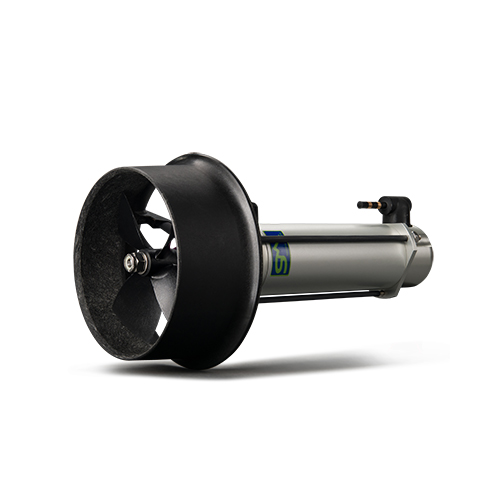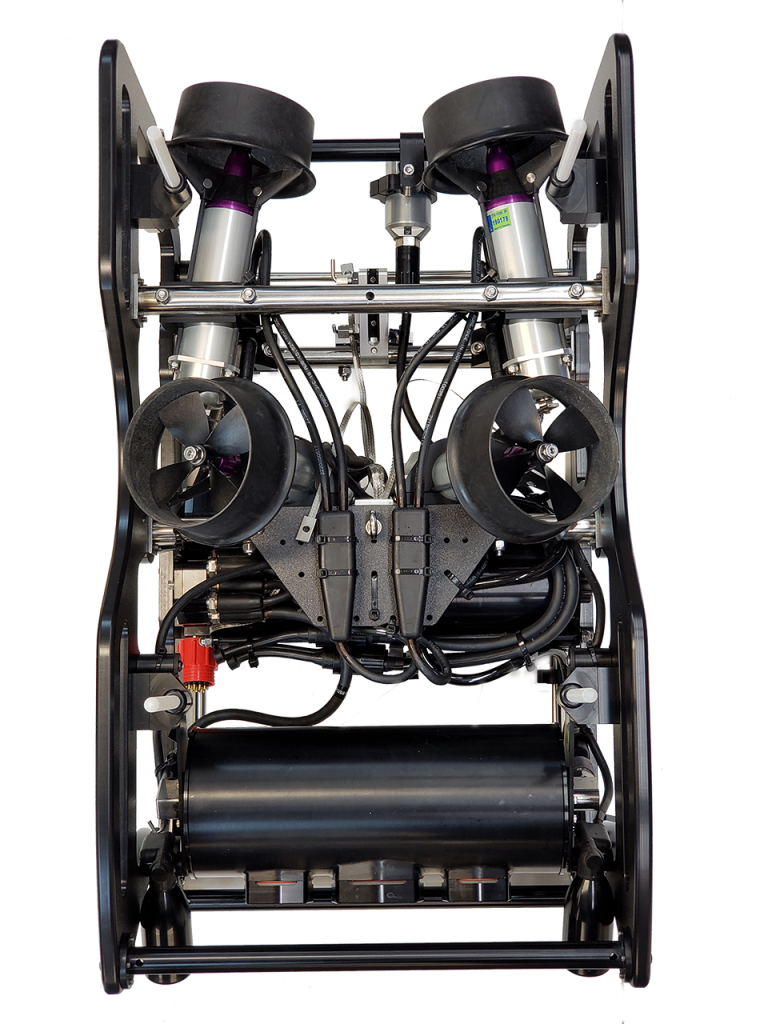ROV speed is typically calculated based on several factors such as the power of the thrusters, the weight and buoyancy of the ROV, and the drag forces acting on the vehicle. The optimal speed for an ROV depends on the specific task it is performing. For example, when conducting inspections or surveys, a slower speed is often preferred to allow for more detailed observations, while tasks that require fast movement or quick maneuvers may require higher speeds.
Why do you want a faster ROV?
Faster ROVs are not necessarily better than slower ones for most jobs. This is because the speed of an ROV is not the only factor that determines its effectiveness. Other factors such as maneuverability, stability, and the ability to handle harsh environments also play important roles in determining the overall performance of an ROV. The faster an ROV can go, the harder it is the pilot, especially in rougher conditions. Thrusters need to be placed perfectly and balance each other out to order for the ROV to make swift movements on command. Unfortunately, for an ROV to increase speed, it requires more thrusters, it becomes heavier and usually also clunkier. Faster ROVs typically require more power, which can increase the cost of the operation and make the ROV less efficient. Maneuverability is the first to flee the scene for a fast ROV.
It is important to ask the following questions:
- Does my ROV really need to be that fast?
- How mush does ROV speed matter to get the job done?
- Does a more stable, maneuverable and reliable ROV make more sense for it use cases?

Our Thrusters
At SEAMOR Marine we specialize in designing and manufacturing high-quality ROVs. Among other parts, we are known for our excellent thrusters which we also sell separately. We designed the thrusters to provide both speed and maneuverability. This allows our ROVs to perform a wide range of tasks with ease. Like all our other parts, our thrusters are also built to withstand harsh environments.
We chose to use high quality 150W Maxon DC motors and gearboxes. The props and nozzles are designed to provide high thrust values for their relative size. What makes them so reliable is the anodized marine-grade aluminum out of which they are constructed. And, of course, like other parts of our ROVs we focused on easy repairs and maintenance. Both the 300m and 600m depth models have replaceable shaft seal cartridges.
Consider speed but not as a decisive factor
In conclusion, ROV speed is worth considering when determining its optimal use. However, it is important to remember that speed alone does not determine the effectiveness of an ROV. Other factors such as maneuverability, stability, and reliability also play crucial roles in determining the overall performance of an ROV. SEAMOR Marine’s thrusters are an example of a design that prioritizes both speed and maneuverability, which makes their ROVs highly effective for a wide range of applications.

